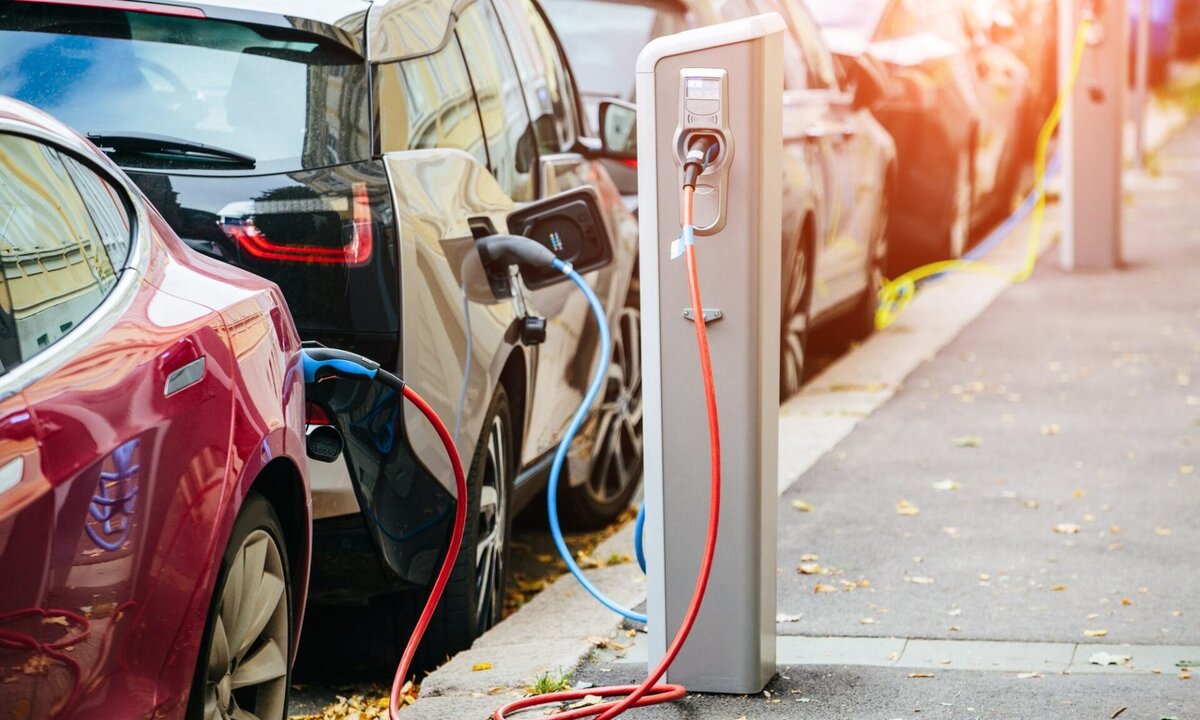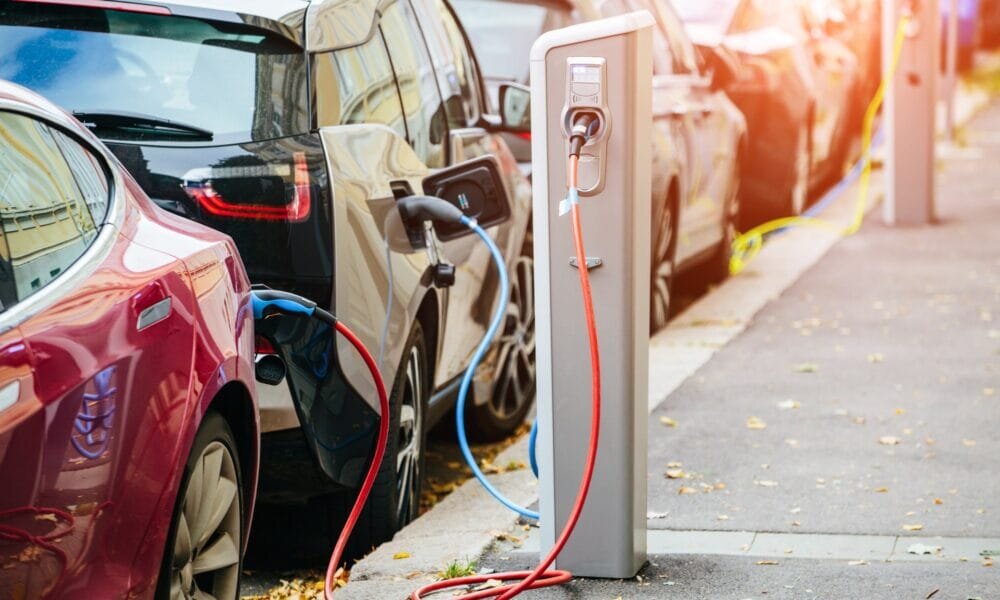In line with plans to reduce reliance on fossil fuels in the UK, we’ve seen a significant increase in the number of public electric vehicle (EV) charging points in the UK. According to e-mobility service provider Zapmap, the UK installed 17,450 charge points between January 2023 and January 2024. While we have installed new infrastructure, we’re yet to see if it can handle the high number of EVs we expect to see on the roads in the future. Here John Mitchell, global sales and marketing director at power quality specialist CP Automation, explores the potential power quality issues with current EV infrastructure and how to resolve them.
According to the RAC Foundation, there were 41.3 million licensed vehicles in the UK at the end of September 2023, but the automotive services company RAC estimates that only 980,000 of these were fully electric. With the ban on sales of new petrol and diesel cars and vans from 2035, it’s clear that EV sales will increase dramatically.
With this increase, we must consider how to proactively protect existing infrastructure from the influx of vehicles and ensure uninterrupted access to charging stations.
Any prolonged delays caused by overloading the system or other power issues would limit the mobility of hundreds of thousands of drivers, making them hesitant to embark on long journeys. Over time, this could result in decreased EV usage, disruption, and a loss of public confidence in EVs — something that we can’t afford to happen if we want to reduce emissions.
Charging station power quality
EV charger reliability is key to encouraging faster adoption of EVs as we approach 2035 — drivers must be able to find working physical charge points and have the mobile network connectivity needed to access the charger. As the number of vehicles increases, we must prepare for the rise in demand for electricity and support the integration of charging equipment into the grid without overloading it or causing disruptions.
Charging stations typically contain conversion equipment, such as inverters, which can introduce harmonic distortions into the grid, especially if there are lots of electric vehicles charging simultaneously. The risk of harmonics will only increase if high-power charging stations become more prevalent. These will be designed to reduce charging times, but will require larger amounts of power to be drawn from the grid in shorter periods.
EV charging equipment can also generate supraharmonics, which are current and voltage waveform distortions in the range of 2-150 KHz. Supraharmonics can result from the switching frequencies of power electronic converters used in EV chargers, which, over time, can affect power quality in the grid. They also present a unique challenge to both manufacturers and power engineers. Supraharmonics are graded in two areas of noise, 2-9 kHz and 9-150 kHz, an area that is not easy to read on an oscilloscope or other power quality devices that cannot read above 2.5 kHz.
Power requirements will increase as more people switch to EVs, putting more pressure on power infrastructure. Any disruption from harmonics and supraharmonics can negatively impact transformers, making them unable to supply the power needed.
EVs haven’t been on the roads for long, so we haven’t had enough time to analyse all the potential power quality issues and their consequences. Despite this, from previous experience of how harmonics impact electrical equipment, we can predict that issues like supraharmonics will reduce the lifespan of charging equipment and other EV infrastructure, making it harder for drivers to charge their vehicles while on the road.

Quick fixes
EV charging manufacturers could consider installing a surge arrestor to protect charging equipment. If the grid experiences any voltage fluctuations — such as power outages — a surge arrestor will protect charging equipment. Surge arrestors, installed at strategic points, will dissipate any surges or transient voltage strikes, diverting them to the ground and preventing them from damaging the equipment.
Surge arrestors can act as a first line of defence against transient voltage surges, helping to extend the lifespan of EV charging equipment and minimise costs. However, this is not a complete solution.
If the voltage exceeds the surge arrestor’s maximum rating, either because of lightning strikes or prolonged exposure to surges, it may not be able to handle the surge effectively. In this scenario, surge arrestors are designed to fail, or blow. While this process protects the infrastructure in that instance, it also means that once it happens, the EV charging equipment is no longer protected.
Surge protection
As the UK looks to add more EV charging stations, manufacturers and EV charging suppliers should plan with surge protection in mind. To understand the potential risks, project managers should measure power quality at the location of the chargers both before and after installation. By using a high-level power quality analyser capable of monitoring both harmonics and supraharmonics, project managers can determine any noise emissions and transient surges from the power source and any nearby facilities. For example, measuring the emissions around a supermarket will help when planning to install new EV charging systems for the car park. Alternatively, if an industrial facility wants to install EV infrastructure in the employee car park, plant managers will want to measure emissions to ensure the new charging equipment will not disrupt plant equipment and vice versa. Once measured, installing a surge protection device, such as the range available from SineTamer, can protect the site.
A measurement device, such as a PQube3 power analyser, will give engineers an insight into how power quality could affect equipment during its lifespan. If the system can read harmonics and supraharmonics, engineers can see and understand what is happening to the charging equipment and look back at any power quality events that occurred. By using a remote system, engineers can also check multiple sites simultaneously, saving time and costs. Power quality specialists could analyse results and offer advice on adapting surge protection to maintain the charging equipment and protect the grid.
Surge arrestors are not enough for EV charging equipment, particularly if the infrastructure is due to increase at the rate needed to support all UK motorists. As chargers increase in size and power, we must take steps to protect them and the grid from power quality issues. By mitigating large surges, and monitoring and limiting transient surges, project managers can create a network of reliable and high-quality charging systems connected to the grid.
Looking for more information about the right surge protection for your EV application? Contact the specialists at CP Automation by visiting www.cpaltd.net/industries/power-quality/.








